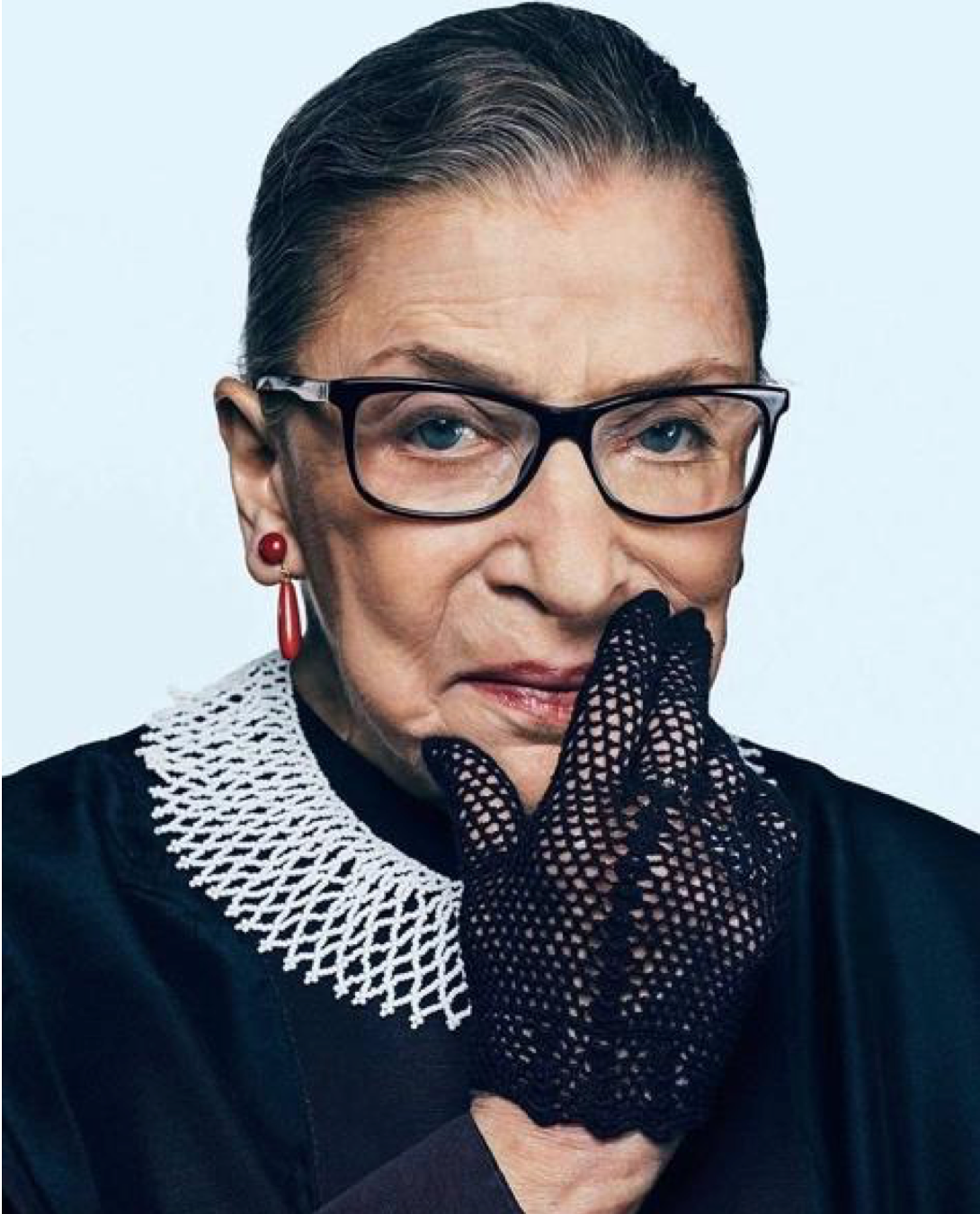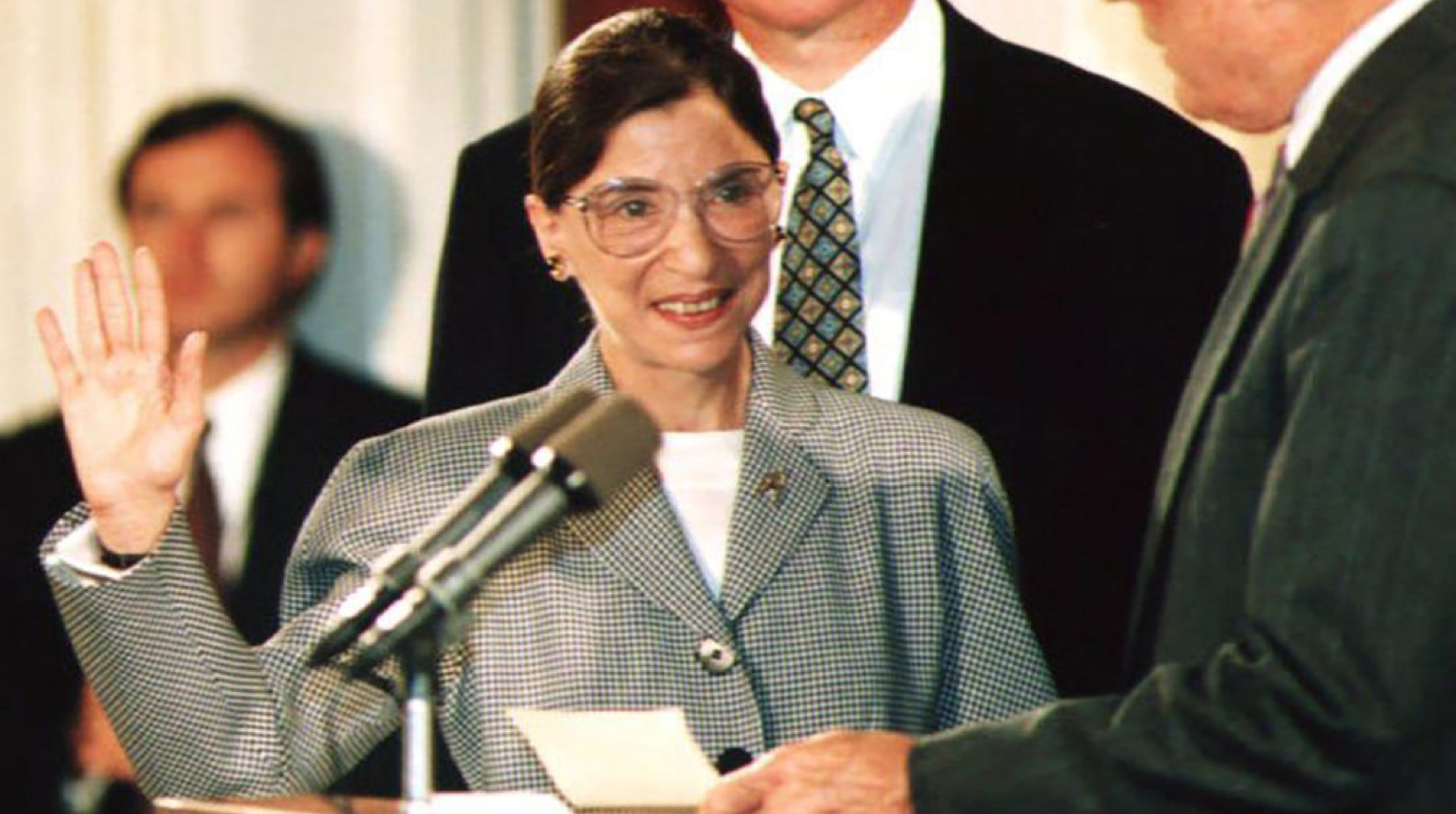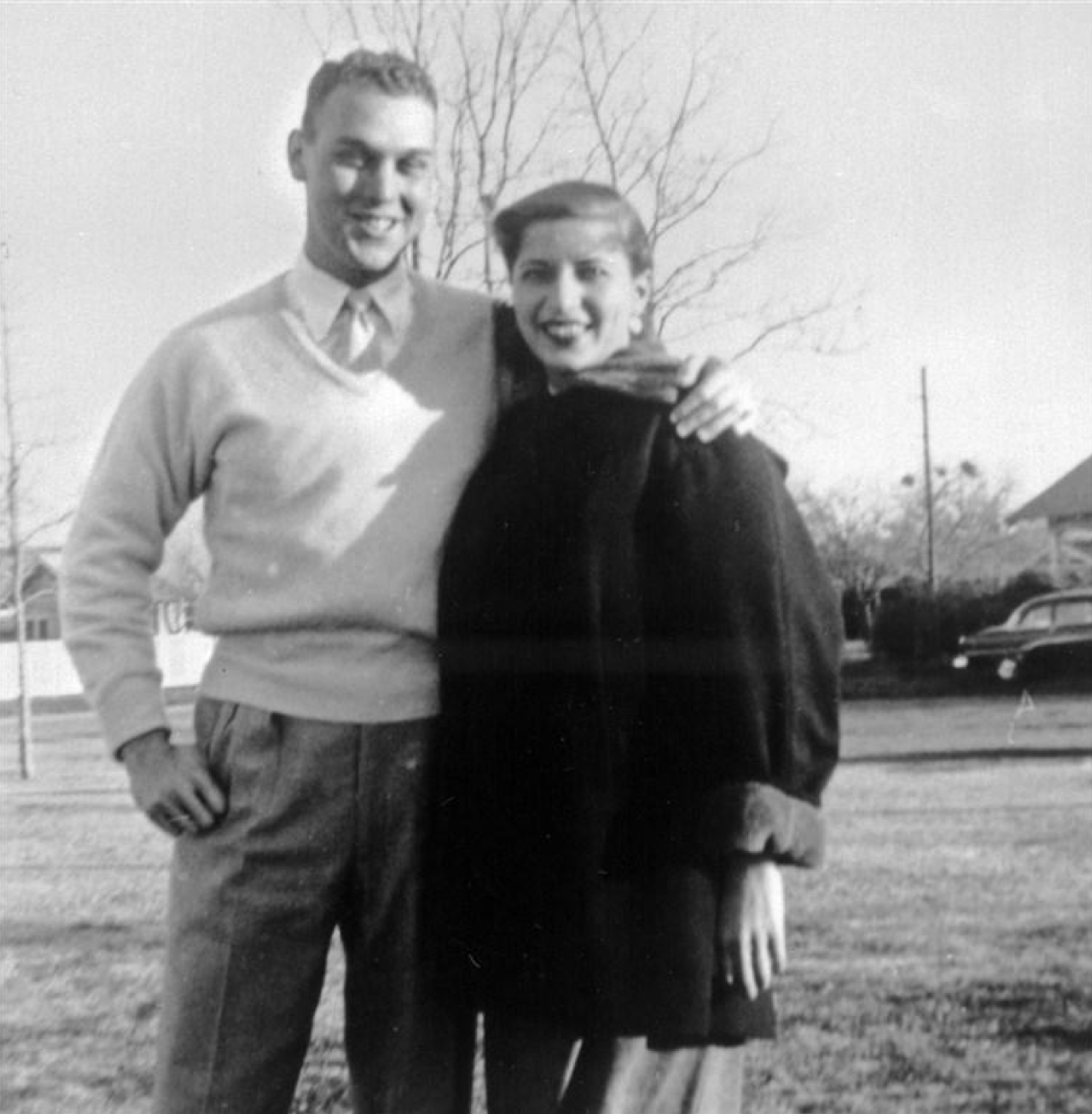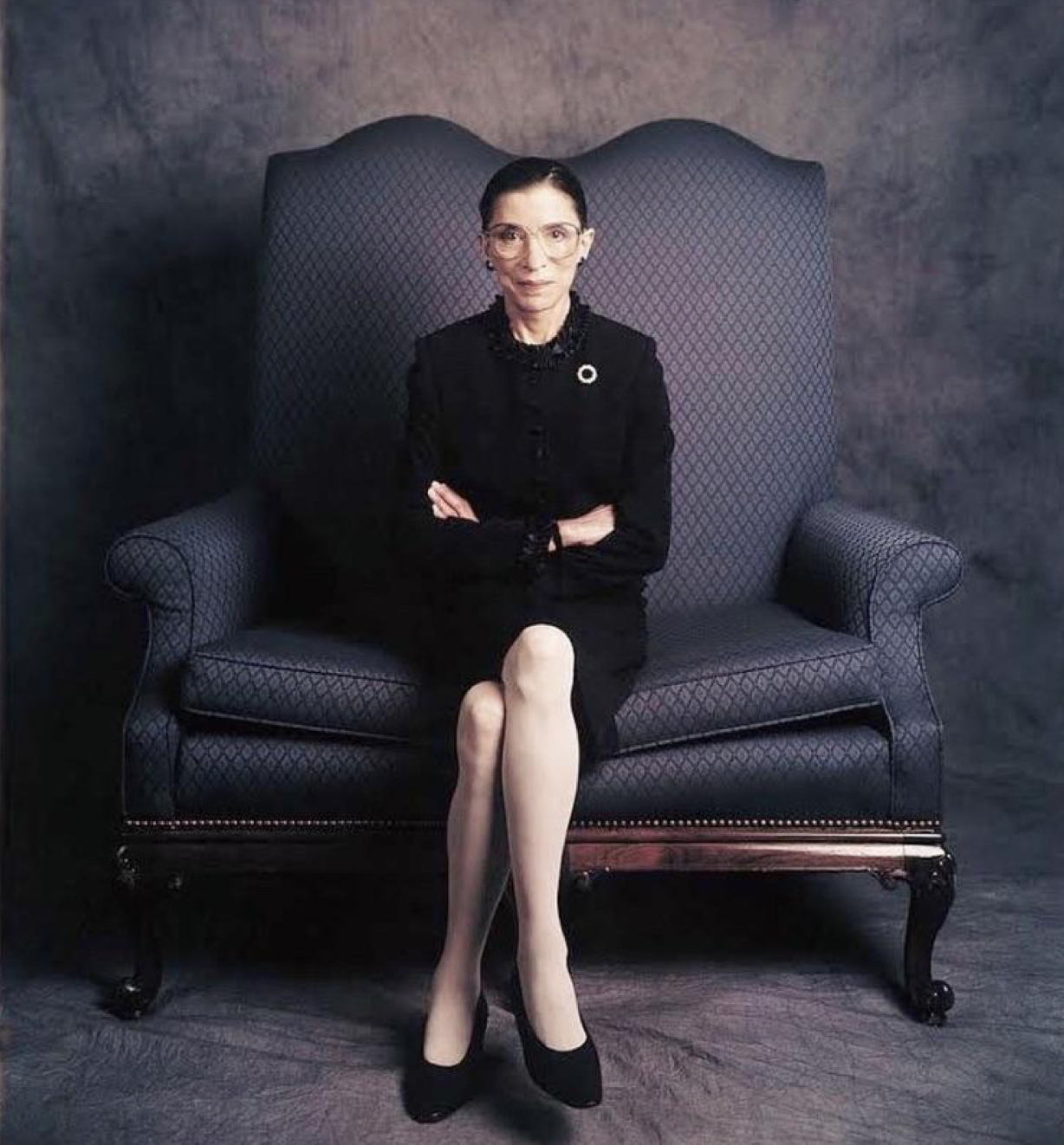Thank You RBG
On Friday, September 18, 2020, Supreme Court Justice Ruth Bader Ginsburg passed away at the age of 87. Her death was announced by Chief Justice John Roberts, who said, “Our nation has lost a justice of historic stature. We at the Supreme Court have lost a cherished colleague. Today we mourn but with confidence that future generations will remember Ruth Bader Ginsburg as we knew her, a tired and resolute champion of justice.”
Ginsberg was an inspiration to many, as a brilliant legal mind and feminist icon. She was born in Brooklyn, New York in 1933 to Nathan and Celia Bader. She graduated from James Madison High School in 1950, where she was editor of the school’s newspaper, treasurer of the “Go-Getters” club, and a baton twirler at football games. From there, she went on to Cornell University, where she studied government and was a member of Alpha Epsilon Phi and Phi Beta Kappa. She graduated in 1954, finishing first in her class.
During her time at Cornell, she met her husband Martin Ginsberg on a blind double date at the age of 17. They were married just after graduation. The couple had some early struggles after Martin was drafted into the military. In 1955, at the age of 21, she gave birth to her first child. By 1956, Martin had been discharged and the couple was enrolling at Harvard Law School together. Ginsberg was one of only 9 women in her class of 500, but this did not derail her aspirations. She continued to excel and become the first woman to be included in both the Harvard Law Review and the Columbia Law Review. She ended up transferring to Columbia Law School to finish her law degree, and once again, graduated first in her class.
Despite her impeccable academic record, Ginsburg experienced gender discrimination as she searched for work after graduation. She was rejected by 14 separate law firms. In 1960, she was a clerk for U.S. District Judge Edmund L. Palmieri. In 1961, she began a career in academia as a research associate at Columbia University. By 1963, she was teaching at Rutgers University Law School. Later, in 1972, she began teaching at Columbia, where she became the University’s first female tenured professor.
In the 1970s, Ginsberg co-founded and served as the director of the Women’s Rights Project of the ACLU, during which she argued six landmark gender equality cases before the United States Supreme Court. She won five of them, expanding civil rights laws for both women and men. She also founded Women’s Rights Law Reporter, which was the first law journal in the United States to exclusively cover women's rights.
In 1993, Ruth Bader Ginsberg was appointed as a Supreme Court Justice by President Bill Clinton, making her the first ever Jewish woman to hold this position, and only the second woman in history, after Sandra Day O’Connor. Prior to this, she had been serving on the U.S. Court of Appeals for the District of Columbia, after being appointed by President Jimmy Carter in 1980.
As a judge, Ginsberg was a powerful voice for justice, feminism, equal gender rights, LGBTQ+ rights and so much more. In 2007, she wrote one of her most famous dissents, Ledbetter v. Goodyear Tire & Rubber Company, that led to President Barack Obama signing the Lilly Ledbetter Fair Pay Act in 2009, which protects workers’ right to a fair wage regardless of age, religion, national origin, race, sex or disability. In the 1996 case, United States v. Virginia, the United States argued that public universities did not have the right to exclude anyone from attending on the basis of gender. Ginsberg sided with the majority. She wrote in the majority opinion, that “Generalizations about ‘the way women are,’ estimates of what is appropriate for most women, no longer justify denying opportunity to women whose talent and capacity place them outside the average description.” And, just five years ago, Ginsberg sided with the majority in Obergefell v. Hodges, giving United States citizens the right to marry regardless of sexual orientation.
Justice Ginsberg spent 27 years serving on the United States Supreme Court. She was a tiny woman, only 5’1”, but she was no shrinking violet – Ruth Bader Ginsburg was a legal giant. Her legacy will continue to shape the future for all Americans.
And, from all of us strong, successful women: Thank You RBG.





